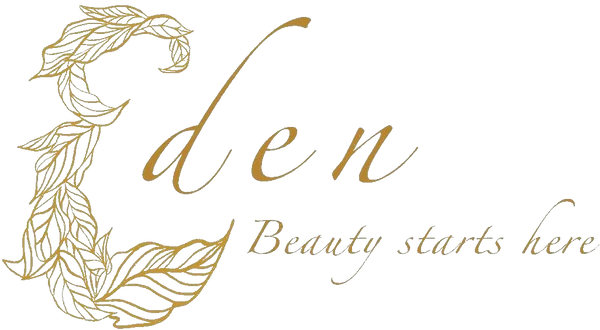How To Easily Identify Vegan And Cruelty-Free Skin Care Products
As people become more aware of the cruelty often involved in producing skincare products, vegan and other ethical brands are becoming increasingly popular. It can be difficult when studying a long list of ingredients to be sure if any of them involved animals in either production or testing. That is why it is helpful to have a guide to the basic things to look for when trying to be cruelty-free.
What exactly is a vegan skincare product?
A vegan product is one that is not derived from animals in any way, even as a byproduct. For example, a vegan diet excludes meat, fish, dairy products and eggs. Vegans do not wear leather or wool. In the case of skincare, the most common ingredients to avoid include honey or beeswax, which come from bees, keratin (a protein found in skin, nails, hair and scales), collagen, gelatin, glycerin, carmine, cholesterol, silk powder (from silk worms), lanolin (oil from wool) and various milk proteins. There are other ingredients that may or may not be vegan depending on circumstances, such as some acids and alcohols.
You can find vegan products for every stage of the traditional skincare process, including cleanser, toner, exfoliant, moisturizer, serum, eye cream and sunscreen. If you want your skincare routine to be entirely vegan, you also need to consider accessories such as brushes, which can be made with animal hair.
What is the difference between vegan and cruelty-free?

Cruelty-free does not just mean that the product is not made from animal-derived ingredients. It also means that it cannot have been tested on animals before being brought to market. This may be dependent on the jurisdiction of origin. China has animal testing as a legal requirement, so no products manufactured there will be vegan. Other countries have banned or at least severely limited their use of animal testing on beauty products, so cruelty-free brands are more easy to find. This is especially true as vegan and cruelty-free products are no longer a special niche interest; they have become more widely sought and therefore a common sight in beauty stores.
Vegan and cruelty-free certifications
One of the easiest ways to tell if a product is vegan is if it has been labelled as such by an official certification program. Charities and advocacy groups including The Vegan Society, Cruelty International and PETA all have schemes to officially label brands or products as either vegan or cruelty-free if they meet strict criteria. The Leaping Bunny is an internationally recognized cruelty-free symbol, while the Vegan Certified trademark is used on products that are both vegan and cruelty-free.

There are brands where only some products can be certified vegan or cruelty-free, while others still use animal derivatives, so you still need to be careful to read labels thoroughly. Many brands with specific vegan or cruelty-free ranges will have separate sections in their stores or on their websites for these products so they are clearly delineated from less ethical items.
Parent companies

It is also worth checking if a brand is independently owned or comes under a larger conglomerate such as Unilever or Procter & Gamble. Many of these parent companies buy cruelty-free subsidiaries but are not cruelty-free across their entire range. You need to consider whether the fact that your individual product is cruelty-free is enough, or if you need it to belong to a company that adopts this stance overall as well.
It can often be worrying when a larger company buys an ethical brand in case it forces it to reduce its standards. Many brands, however, will make being able to maintain their cruelty-free status a stipulation of any purchase. Leaping Bunny will still certify products owned by less ethical parent companies as long as they can clearly document a cruelty-free supply chain. Some people also think this encourages parent companies to widen their cruelty-free ranges.
The easiest way to tell if a skincare product is vegan or cruelty-free is to look for official certification from a recognized body such as the Leaping Bunny symbol. Many brands are eager to advertise their cruelty-free credentials and will make these products easy to find. You can also check for the most common animal derivatives in the ingredients list, as well as checking the country of origin. If you are still concerned, look into any parent company that owns the brand. As vegan and cruelty-free lifestyles continue to become more popular, it is likely these skincare products will continue to become more accessible.

